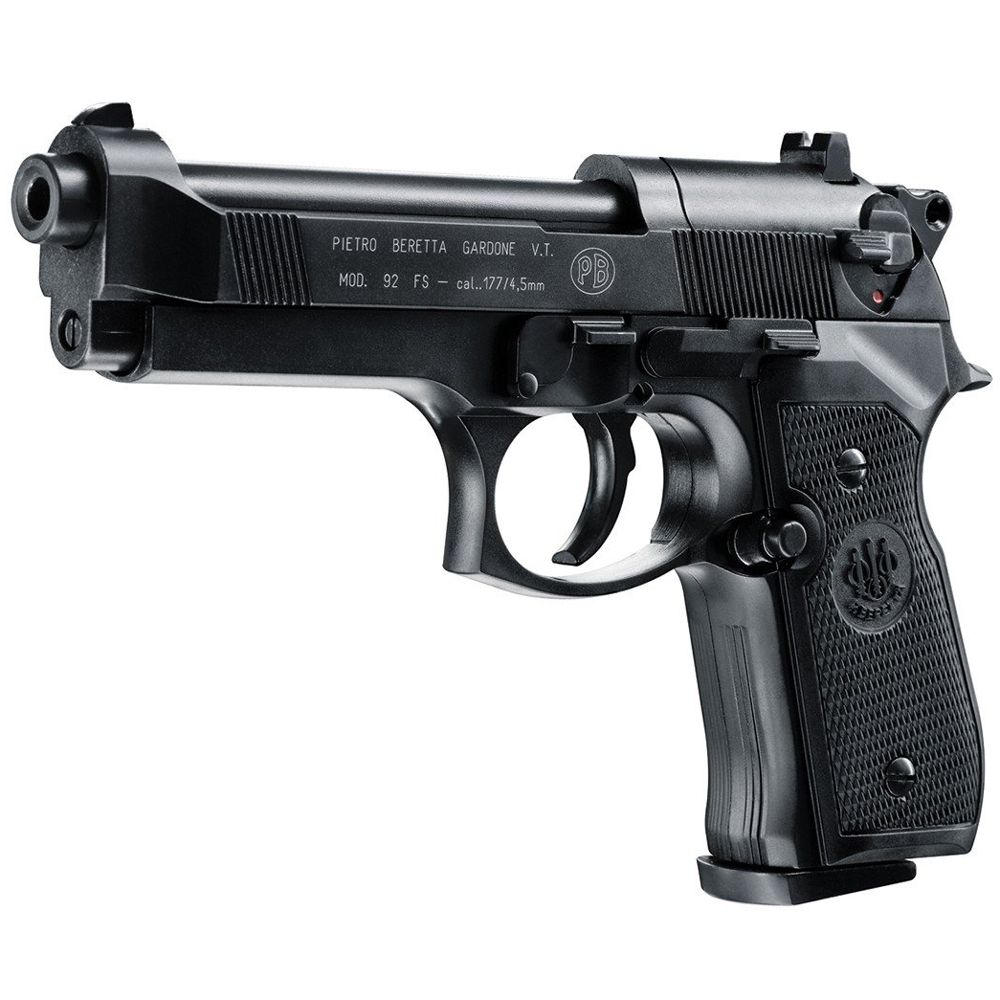Educational Applications of BB Rifles in Educational Institutions
In recent years, education has transformed to include hands-on educational experiences, notably in domains like shooting and wilderness skills. One interesting tool that has found its way into schools is the BB gun. While its chief link may be used for fun shooting, pellet guns offer a distinct opportunity for students to gain knowledge on safety, security, and accuracy in a controlled environment. By incorporating pellet gun education into school programs, educators can provide students the valuable skills and knowledge that apply to various aspects of life.
Understanding how to choose the right pellet gun is essential for both instructors and students. With a variety of designs, energy types, and features available, choosing the most appropriate option can enhance the educational experience. From discussing the top pellet guns for novices to exploring the important aspects that enhance accuracy and safety, this guide will serve as a comprehensive resource for schools looking to incorporate pellet guns into their educational program.
Picking the Best Pellet Gun
When picking the right pellet gun, the primary aspect to consider is the intended use. Whether you plan to engage in bullseye shooting, hunting, or pest control, each purpose will affect the decision. Such as, if you are interested on bullseye shooting, you may want a gun recognized for accuracy and precision. On the other hand, for hunting minor game, you will need a pellet gun that offers ample power and force to ensure a humane shot.
A further crucial factor is the power source. https://tyler-olsen.federatedjournals.com/prioritizing-safety-essential-tips-for-using-pellet-guns can be driven by multiple methods, including spring, CO2, and pre-charged pneumatic (PCP) systems. Each type has its strengths and weaknesses: spring guns are often usually economical and easy to use, while PCP guns offer higher power and accuracy but may incur further costs for air tanks and recharges. Grasping these variations will help you figure out which power source aligns best with your shooting style and budget.
In conclusion, think about the caliber of the pellet gun. The caliber impacts various factors from the gun's precision to its power and suitability for specific applications. Smaller calibers, like .177, are typically utilized for target shooting due to their flat trajectory, while heavier calibers, such as .22, can be superior for hunting. Take the time to weigh these factors based on your shooting needs to ensure you select a pellet gun that will fulfill your expectations adequately.
Key Features to Consider

When it comes to choosing a pellet gun for educational purposes, a key factor to consider is the gun’s power source. Pellet guns typically come in three distinct types: spring-powered, CO2, and PCP (pre-charged pneumatic). Each power source offers different benefits and drawbacks. Spring-powered guns are often priced lower and require no extra gear, making them great for learning fundamentals. CO2 guns provide reliable energy, but require cartridges, while PCP guns are known for their high accuracy and power, ideal for advanced training. Understanding these differences will help educators select the most suitable choice based on the particular aims of their program.
An additional crucial factor to evaluate is safety. Educational settings demand a focus on safety to ensure that students learn how to handle firearms safely. Look for pellet guns that include key safety elements such as built-in safety systems, positive cocking indicators, and manual safety switches. These features enhance the learning environment by promoting a culture of safety and reducing the likelihood of accidents. A gun that is easy to handle safely will foster a positive learning atmosphere and promote proper handling practices among students.
In conclusion, consider the weight and size of the pellet gun. For schools, it is essential to select a model that is fit for the maturity and strength of the students. this page and easily maneuverable pellet gun will allow young shooters to handle it comfortably, thereby improving their learning experience. Additionally, look for models with customizable stocks or handles, as these features can provide a tailored adjustment to individual users, enhancing both comfort and control during shooting practice. By focusing on these key features, educators can select the most appropriate pellet guns for their curriculum.
Safety and Maintenance
Safety is essential when using pellet guns, especially in an academic setting. Educators and pupils must be trained on proper handling techniques, including maintaining the muzzle pointed in a safe direction and ensuring that the safety mechanism is engaged when not in use. Eye protection is necessary, as pellet guns can cause eye injuries. Furthermore, it is important to establish clear guidelines regarding the locations and circumstances under which pellet guns can be used, ensuring that all participants understand these rules to promote a protected environment.
Regular upkeep of pellet guns is crucial for their sustainability and performance. After every use, shooters should check for debris in the barrel and clean it as needed to maintain accuracy. Oiling of moving parts is also important; using the appropriate oil will ensure the mechanisms work smoothly. Furthermore, checking the seals, especially in CO2 and PCP guns, can help prevent leaks and ensure optimal performance. Keeping a maintenance schedule can help identify issues early, prolonging the life of the equipment.
Lastly, when it comes to keeping, pellet guns should be kept in a safe area to prevent unapproved access. Instructors should also consider implementing a check-in and check out system for the guns used in class, ensuring responsibility and security. By combining proper handling, routine maintenance, and effective storage practices, schools can create a secure environment for using pellet guns in an educational context.